What drives our understanding of the universe? Throughout history, a few brilliant minds have radically transformed the way we see the world and beyond. These legendary physicists have uncovered the secrets of the cosmos, challenging old beliefs and paving the way for new discoveries.
Albert Einstein
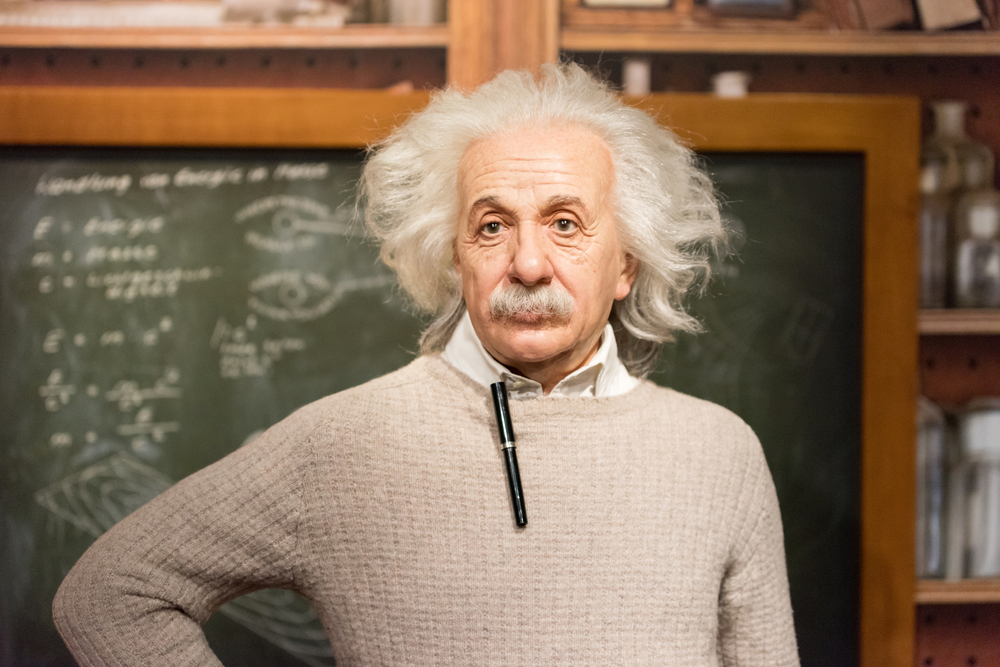
Albert Einstein is perhaps the most iconic physicist of all time, known for his theory of relativity, which fundamentally altered our understanding of space, time, and gravity. His famous equation, E=mc2E = mc^2E=mc2, revealed the relationship between mass and energy, leading to groundbreaking developments in nuclear physics. Einstein’s work also laid the groundwork for quantum theory, despite his discomfort with its probabilistic nature, and his contributions continue to influence modern physics.
Isaac Newton
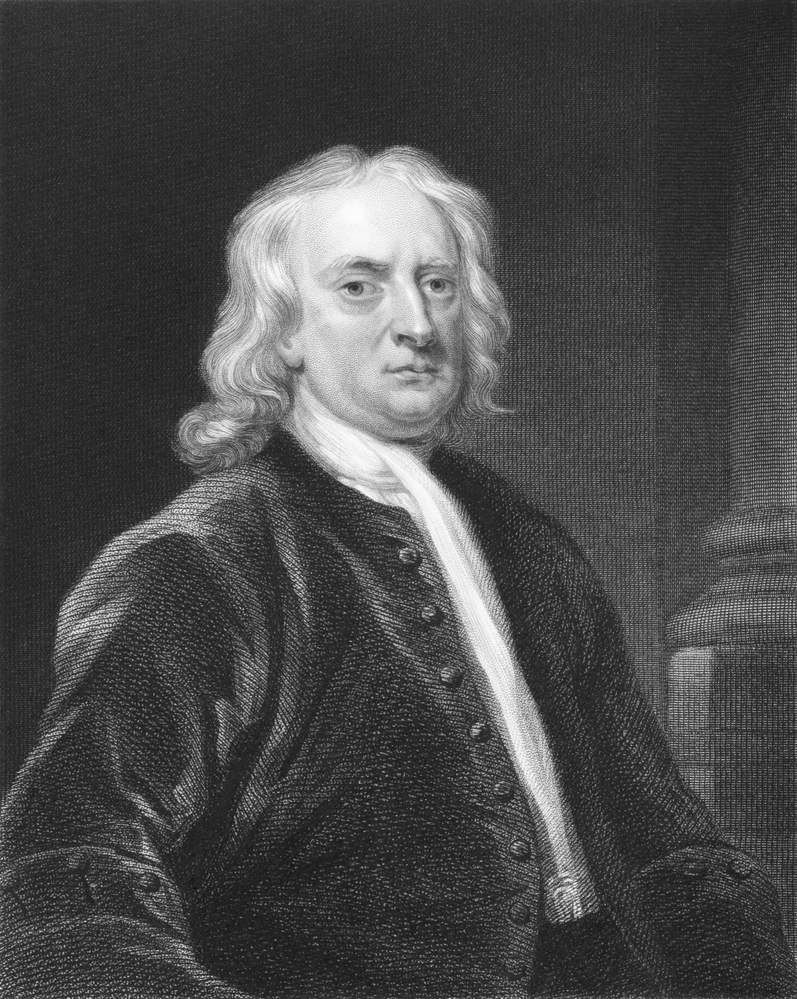
Isaac Newton’s laws of motion and universal gravitation were revolutionary, providing a comprehensive framework for understanding the movement of objects both on Earth and in space. His work, published in Philosophiæ Naturalis Principia Mathematica, established the foundations of classical mechanics and calculus, enabling future scientists to predict the behavior of physical systems with unprecedented accuracy. Newton’s impact on science is immeasurable, making him a central figure in the history of physics.
Niels Bohr
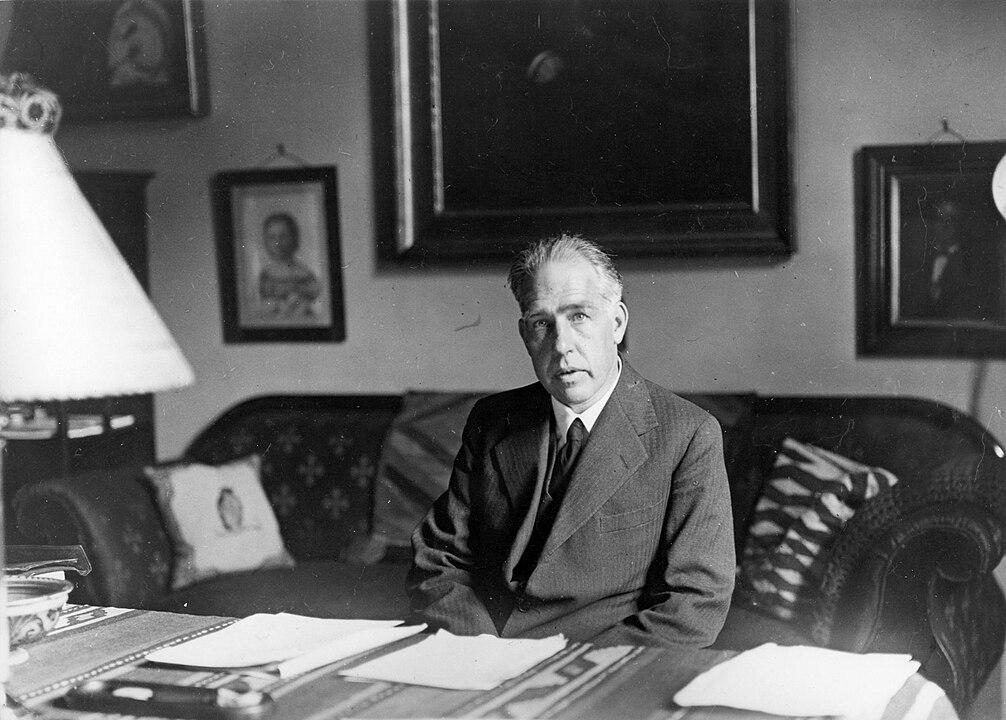
Niels Bohr played a crucial role in the development of quantum mechanics, particularly with his model of the atom, which introduced the concept of electron orbits and energy levels. His principle of complementarity, which posits that objects can have dual wave-particle characteristics, was instrumental in shaping our understanding of quantum phenomena. Bohr’s work laid the foundation for much of modern atomic physics and quantum theory.
Galileo Galilei
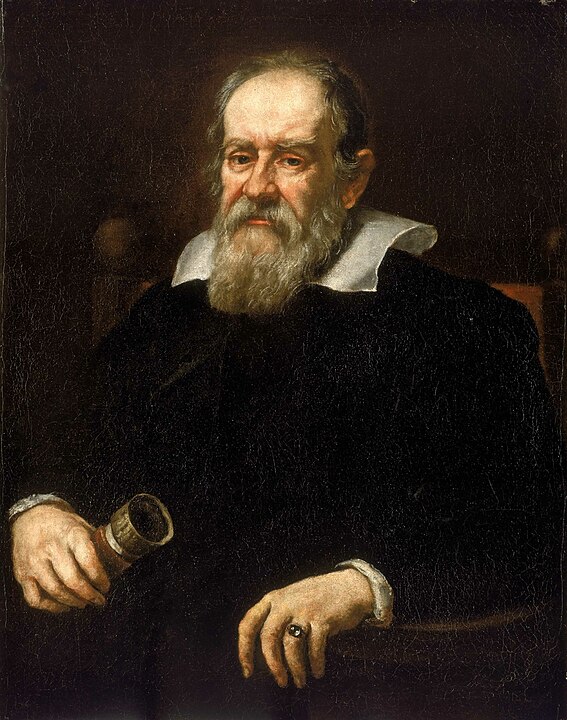
Often referred to as the father of modern observational astronomy, Galileo Galilei used telescopic observations to support the heliocentric model of the solar system. His work challenged the prevailing geocentric views and led to significant advancements in the study of motion, inertia, and the scientific method. Galileo’s insistence on empirical evidence and mathematical analysis helped establish the scientific method as the standard for scientific inquiry.
James Clerk Maxwell
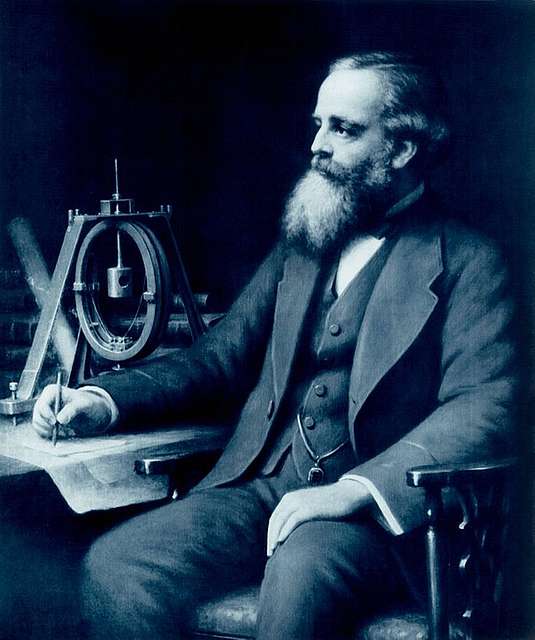
James Clerk Maxwell’s formulation of the theory of electromagnetism unified electricity, magnetism, and light as manifestations of a single phenomenon. His set of equations, known as Maxwell’s equations, describe how electric and magnetic fields propagate and interact, laying the foundation for classical electrodynamics. Maxwell’s work also paved the way for the development of quantum mechanics and the theory of relativity.
Richard Feynman
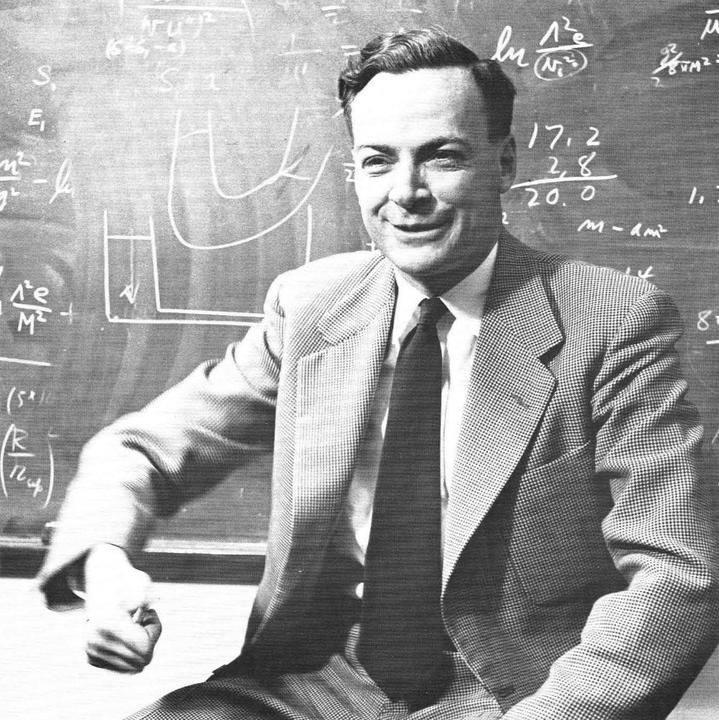
Richard Feynman was a pioneer in the field of quantum electrodynamics (QED), for which he shared the Nobel Prize in Physics. His development of Feynman diagrams revolutionized the way physicists visualize and calculate particle interactions. Feynman was also known for his ability to communicate complex scientific ideas to the public, making significant contributions to science education through his lectures and books.
Stephen Hawking
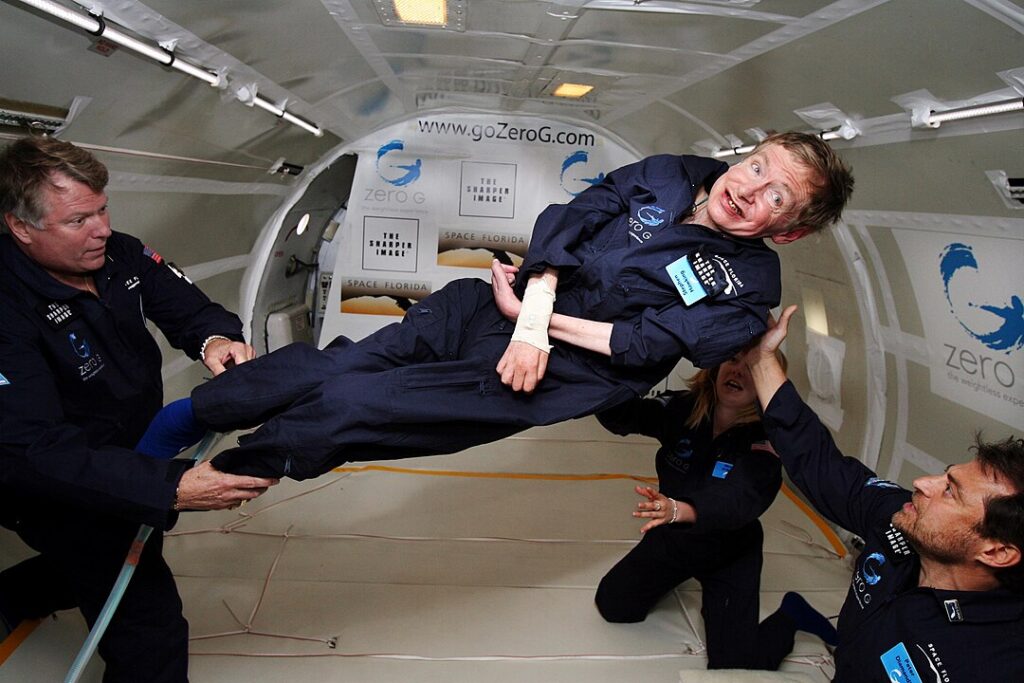
Stephen Hawking made profound contributions to our understanding of black holes and cosmology. His work on Hawking radiation showed that black holes can emit radiation, leading to a deeper understanding of the relationship between quantum mechanics and general relativity. Hawking’s popular science books, such as A Brief History of Time, brought complex ideas about the universe to a global audience, cementing his legacy as one of the most influential physicists of the 20th century.
Erwin Schrödinger
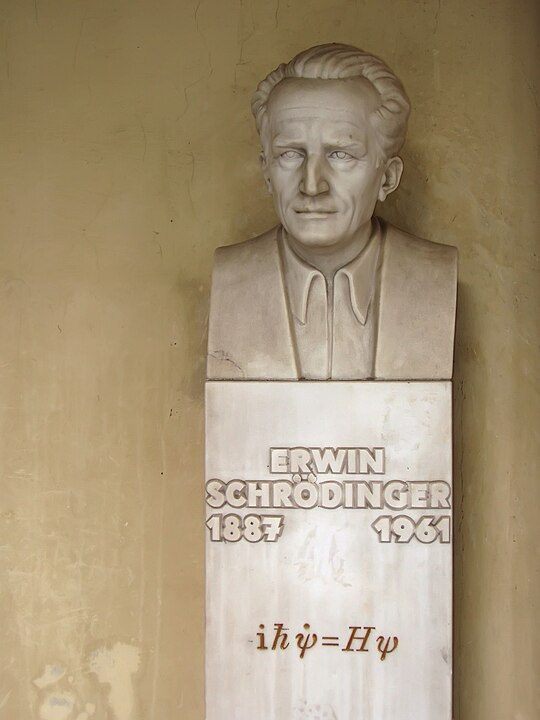
Erwin Schrödinger is best known for his formulation of wave mechanics and the Schrödinger equation, which describes how the quantum state of a physical system changes over time. His famous thought experiment, Schrödinger’s cat, highlighted the peculiarities of quantum superposition and the nature of measurement in quantum mechanics. Schrödinger’s work remains central to the study of quantum theory and has influenced countless areas of modern physics.
Werner Heisenberg
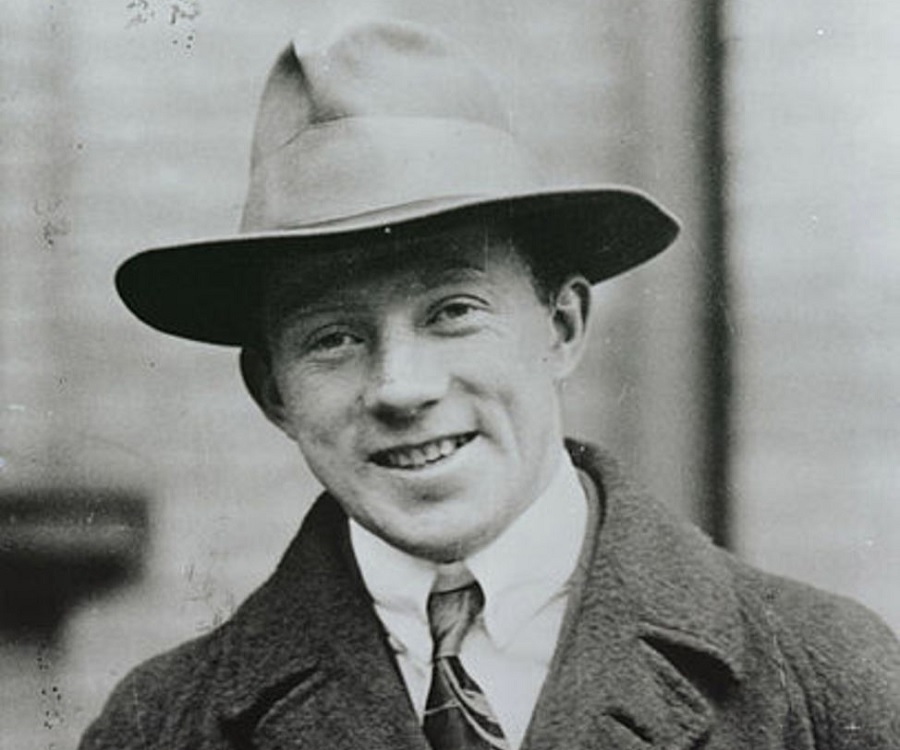
Werner Heisenberg is famous for the formulation of the uncertainty principle, which states that certain pairs of physical properties, like position and momentum, cannot be simultaneously measured with arbitrary precision. This principle is a cornerstone of quantum mechanics, fundamentally challenging the deterministic view of the universe. Heisenberg’s contributions to matrix mechanics also played a crucial role in the development of quantum theory.
Marie Curie
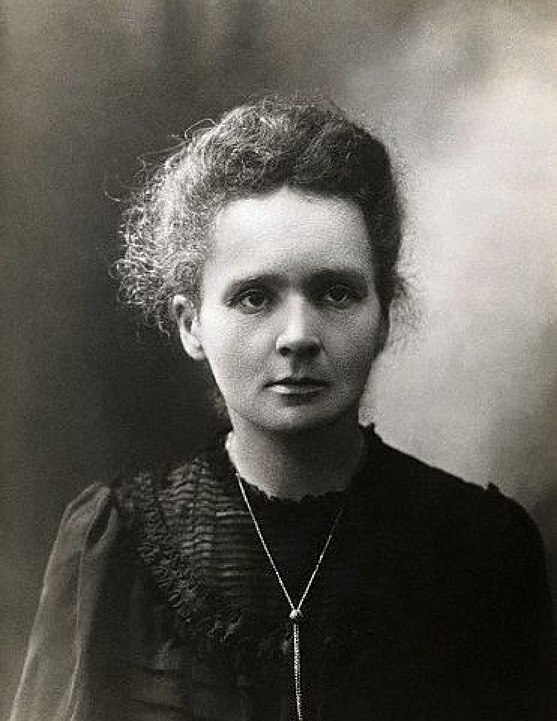
Marie Curie’s pioneering research on radioactivity not only earned her two Nobel Prizes but also opened up new fields of research in physics and chemistry. Her discovery of the elements polonium and radium and her development of techniques for isolating radioactive isotopes were groundbreaking. Curie’s work laid the foundation for the understanding of atomic structure and nuclear physics, and her legacy continues to inspire generations of scientists.
Max Planck
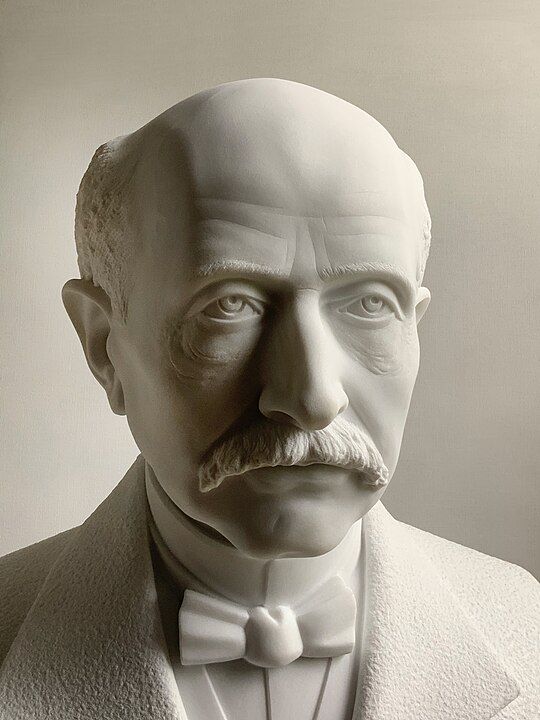
Max Planck is considered the father of quantum theory, having introduced the concept of energy quanta in his explanation of blackbody radiation. His work marked the beginning of quantum mechanics, which has since become one of the most important branches of physics. Planck’s constant, a fundamental quantity in quantum mechanics, bears his name and plays a crucial role in the study of atomic and subatomic particles.
Michael Faraday
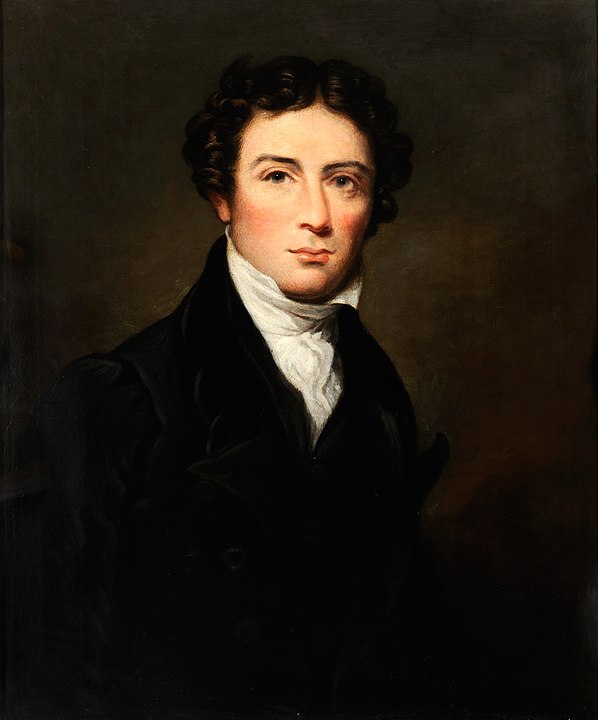
Michael Faraday’s experiments and discoveries in electromagnetism and electrochemistry laid the groundwork for many technological advancements. His discovery of electromagnetic induction, the principle behind the electric transformer and generator, revolutionized the way we harness and use energy. Faraday’s work also led to the understanding of the electromagnetic field, a concept that is central to modern physics.
Paul Dirac
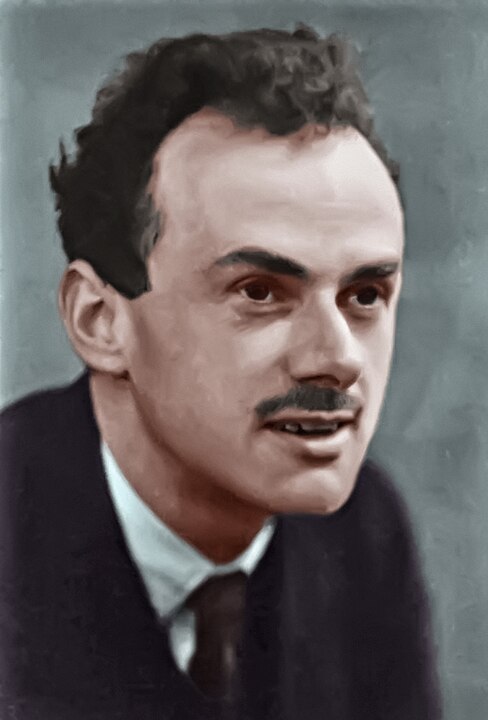
Paul Dirac made significant contributions to quantum mechanics and quantum electrodynamics, most notably with his formulation of the Dirac equation, which describes the behavior of fermions and predicted the existence of antimatter. His work helped bridge the gap between quantum mechanics and relativity, leading to a deeper understanding of the fundamental particles and forces that make up the universe.
Enrico Fermi
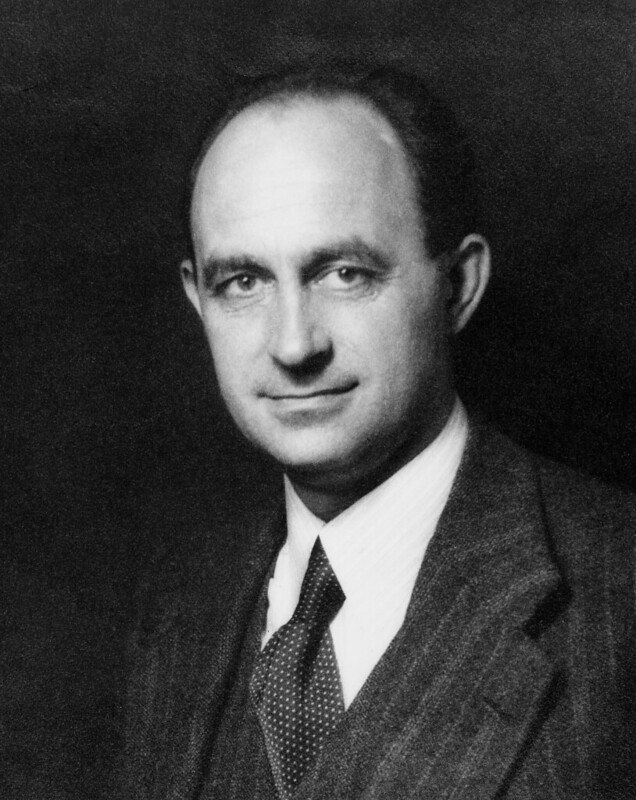
Enrico Fermi is best known for his work on the development of the first nuclear reactor and his contributions to the field of nuclear physics. Fermi’s work on beta decay led to the discovery of the weak nuclear force, one of the four fundamental forces of nature. His pioneering research in particle physics and quantum theory has had a lasting impact on both theoretical and experimental physics.
Robert Oppenheimer
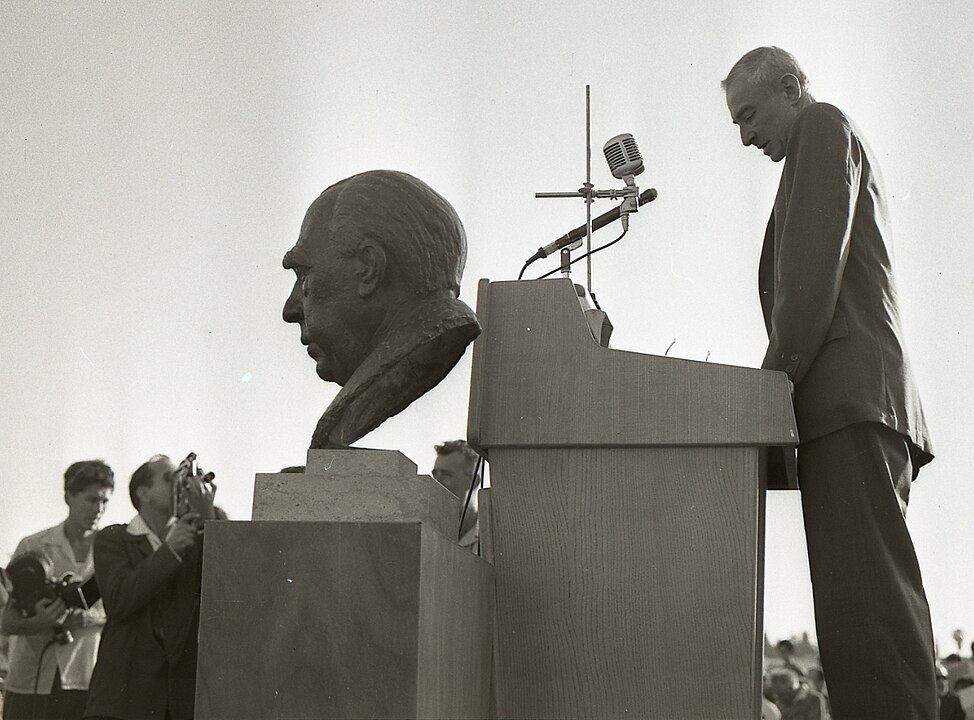
Robert Oppenheimer, often referred to as the “father of the atomic bomb,” played a key role in the Manhattan Project, which led to the development of nuclear weapons during World War II. Beyond his contributions to nuclear physics, Oppenheimer made significant advances in quantum mechanics and theoretical physics. His leadership in the development of atomic energy has had profound implications for both science and international relations.
Lise Meitner
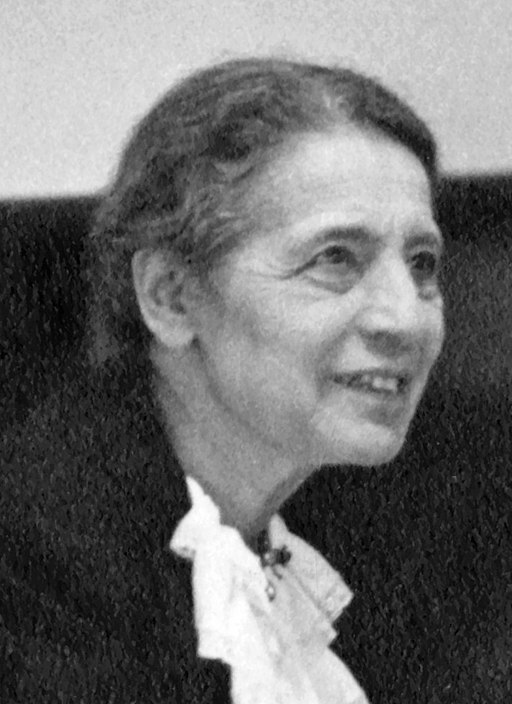
Lise Meitner was a pioneering physicist who co-discovered nuclear fission, the process that powers nuclear reactors and atomic bombs. Despite being overlooked for the Nobel Prize, her contributions to the understanding of nuclear reactions were groundbreaking. Meitner’s work laid the foundation for much of modern nuclear physics, and she remains a symbol of perseverance in the face of adversity.
John Archibald Wheeler
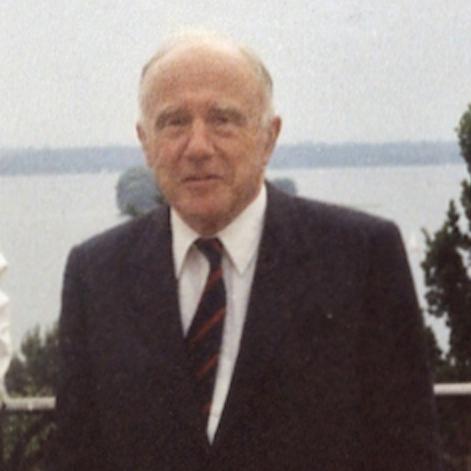
John Archibald Wheeler made significant contributions to the fields of general relativity and quantum mechanics, coining the term “black hole” and developing the concept of “wormholes.” His work on the quantum foam and the idea of “it from bit” explored the relationship between information theory and the fabric of the universe. Wheeler’s innovative ideas continue to influence theoretical physics and cosmology.
Wolfgang Pauli
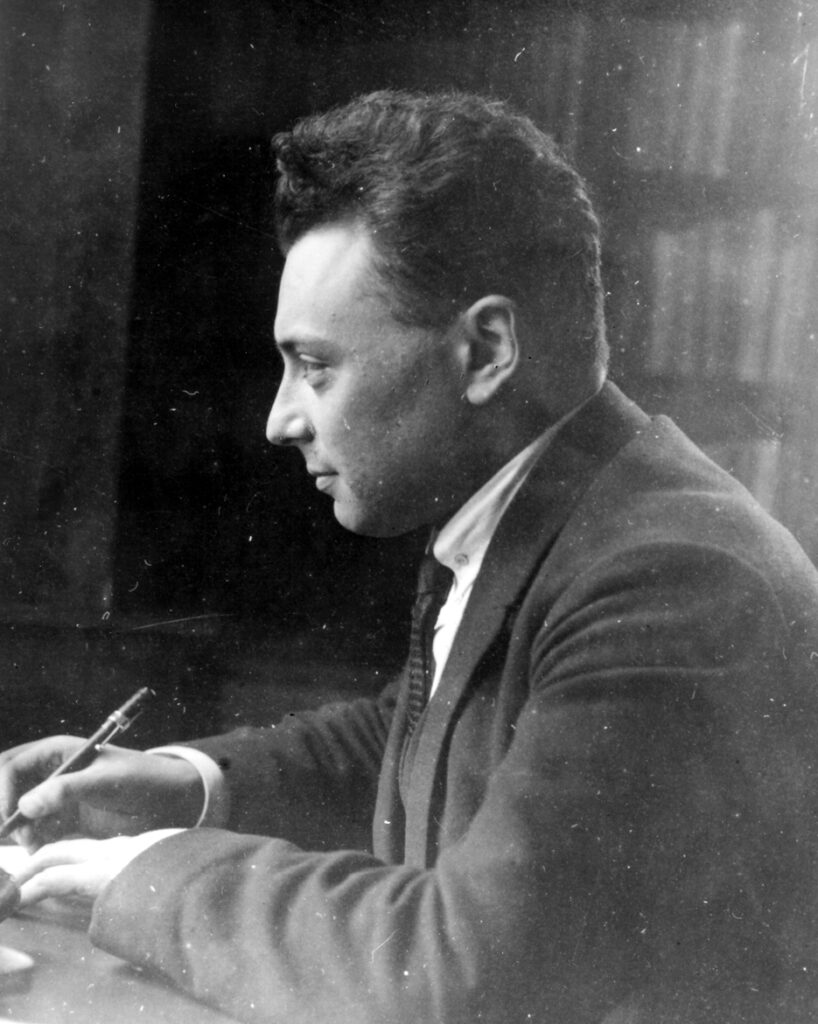
Wolfgang Pauli is best known for the Pauli exclusion principle, which states that no two fermions can occupy the same quantum state simultaneously. This principle is fundamental to the structure of atoms and the stability of matter. Pauli’s work in quantum mechanics and his contributions to the theory of spin have had a profound impact on our understanding of the subatomic world.
Hendrik Lorentz
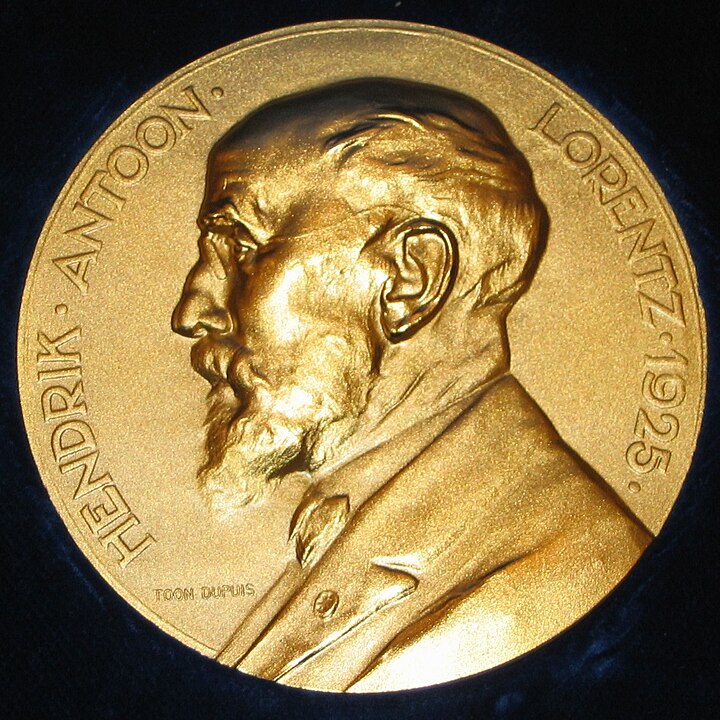
Hendrik Lorentz made groundbreaking contributions to the understanding of electromagnetism, particularly through his development of the Lorentz transformation, which later became a cornerstone of Einstein’s theory of special relativity. His work on the electron theory and the Zeeman effect, which describes the splitting of spectral lines in a magnetic field, were crucial in the development of quantum mechanics and relativity.
Carl Sagan
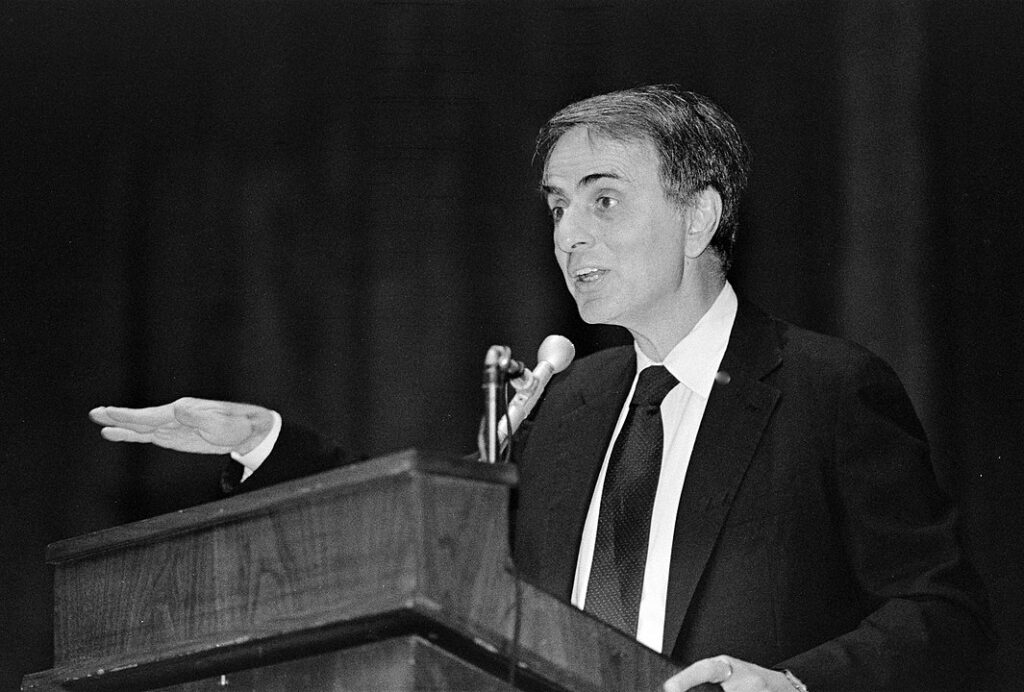
Carl Sagan, while primarily known as an astronomer and science communicator, made significant contributions to the understanding of planetary science and the search for extraterrestrial life. His work on the greenhouse effect on Venus and the atmospheric conditions of other planets helped shape modern planetary science. Sagan’s ability to convey complex scientific ideas to the public through books and television made him a legendary figure in the popularization of science.
This article originally appeared on UnifyCosmos.
More from UnifyCosmos
20 Habits Wealthy People Have That You Should Adopt

By understanding and implementing these habits, you can pave the way for a more prosperous life. Here are some key habits that wealthy people have, which you should consider adopting. Read more!
20 Waterproof Makeup Essentials for Beach Days

The key is to choose waterproof products that can withstand sun, sweat, and surf, keeping you fresh and flawless all day long. Here are 20 waterproof makeup essentials that will keep your look intact while you enjoy your time in the sun. Read more!
20 Money Mistakes Not to Make in Your First Year of Retirement

In this article, we highlight key pitfalls to steer clear of, helping you make the most of your hard-earned savings and enjoy a stress-free retirement. Read more!
Leave a Reply